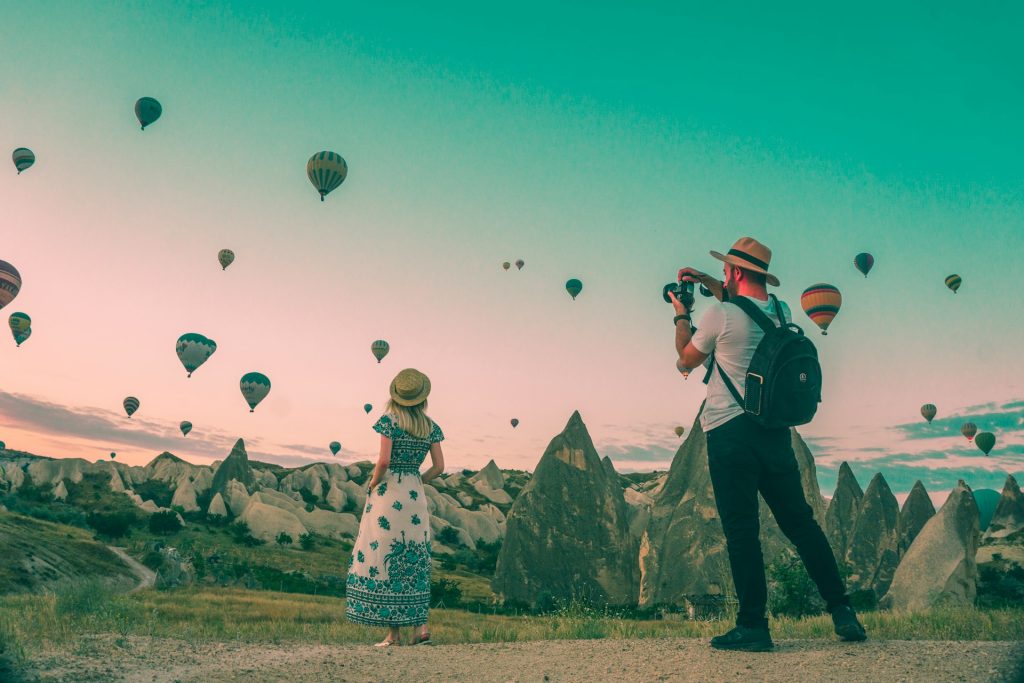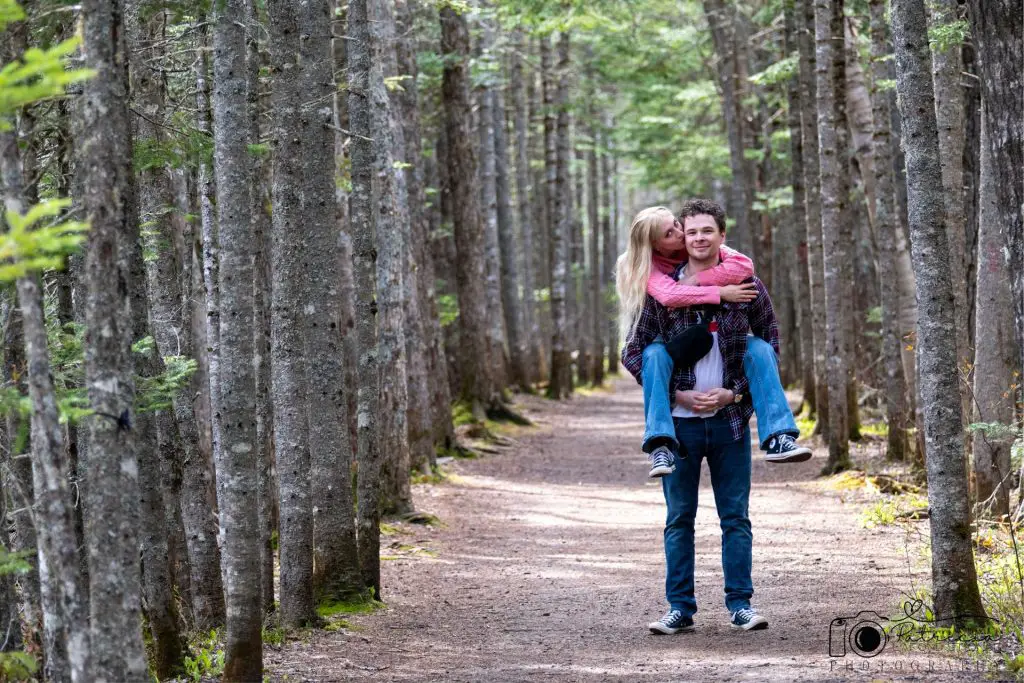Vacations are meant to be an escape from everyday stress—a time to recharge, unwind, and return with renewed clarity.
Yet many vacations leave people feeling more drained than relaxed. Between tight itineraries, missed connections, crowded tourist spots, and the pressure to “make the most” of every moment, the restful promise of a getaway often turns into an exhausting ordeal.
This is not a matter of luck but of design. Crafting a vacation that truly feels like one takes deliberate planning, a mindset shift, and a deeper understanding of personal needs.
Whether the plan involves a coastal retreat, a mountain escape, or a nature-filled destination like Branson, the goal is not to do more but to experience more deeply. To achieve this, it’s essential to think beyond surface-level attractions and toward intentional moments. These moments can’t be rushed or forced; they require space, flexibility, and thoughtfulness.
Planning a vacation with this philosophy in mind doesn’t mean skipping adventure—it means knowing what to include, what to leave out, and how to balance activity with rest. The following breakdown outlines how to construct a vacation plan that genuinely fulfills its purpose: restoration.

Choosing an All-Inclusive Retreat for Seamless Relaxation
One of the most effective ways to remove logistical burdens from a vacation is to opt for an all-inclusive experience. When the environment is designed for both activity and tranquility, decision fatigue evaporates. Choosing a resort that offers everything in one location minimizes the time and energy spent coordinating meals, entertainment, and daily logistics.
A great example of such a destination is Westgate Branson Woods Resort, where scenic landscapes, modern amenities, and recreational activities come together to create a balanced atmosphere. For those seeking a well-rounded, immersive getaway with access to nature, modern comforts, and family-friendly entertainment, consider their best vacation packages.
This type of setting allows guests to relax without having to organize transport or chase down meal reservations. Every detail, from recreation options to peaceful scenery, is thoughtfully arranged to encourage rest and recreation in equal measure. This eliminates much of the stress that can accumulate when piecing together separate activities across unfamiliar terrain.
More importantly, staying at a comprehensive destination allows travelers to engage with their surroundings at their own pace. Whether one desires solitude, connection with loved ones, or gentle adventure, the environment fosters those experiences naturally. The ability to move freely between rest and engagement—without pressure—transforms the overall quality of a vacation.
Redefining the Itinerary: Less is More
Packing a vacation itinerary with back-to-back activities can feel productive at first glance, but it often results in fatigue. The brain and body aren’t given time to unwind between engagements. Instead of seeing how much can be crammed into each day, the focus should shift to creating space between experiences.
Begin with identifying just one or two main activities per day. These should be ones that genuinely excite or interest rather than those that “should” be done. Padding the day with unscheduled hours creates freedom to explore serendipitous discoveries or rest when needed. This breathing room ensures that memorable moments are enjoyed without the pressure of racing against time.
Additionally, factoring in buffer time reduces the likelihood of burnout. The mind processes enjoyment more deeply when it is not in a constant state of anticipation or urgency.
Prioritizing Purposeful Downtime
One of the least discussed but most critical aspects of vacation planning is the inclusion of idle time. Purposeful downtime allows both the mind and body to decelerate. While many feel guilty for “doing nothing” on vacation, these moments often serve as the most restorative.
The key is to create an environment that invites slowness. Silence, natural surroundings, or a quiet reading corner can become sanctuaries of stillness. Planning downtime isn’t about inactivity—it’s about giving space for reflection, creativity, or simply unwinding without distraction. Time without expectations rebalances the nervous system, especially after extended periods of daily stress.
Avoid the temptation to fill every block of time. True rest involves resisting the urge to be constantly stimulated. Incorporating periods of calm resets the body’s internal rhythms and supports mental clarity. Without these pauses, even the most beautiful destinations can become mentally exhausting.
Mindful Travel Companionship
Who one travels with greatly impacts the vacation’s emotional tone. Companionship should be intentional, not automatic. Surrounding oneself with people who share similar energy, pace, and expectations ensures fewer conflicts and more harmonious moments. Open conversations before the trip can establish shared priorities and help avoid mismatched agendas.
Traveling with someone who insists on a rigid itinerary or wants to stay busy all day can derail a calm-focused vacation. On the other hand, exploring with someone who values presence, comfort, and organic moments can elevate even simple experiences. Compatibility in travel styles is often overlooked but is essential for a vacation that truly rejuvenates.
Embracing Flexibility and Letting Go of Perfection
A common pitfall in vacation planning is the expectation of perfection. The desire for everything to go exactly as imagined sets the stage for disappointment. Flights may be delayed, the weather may change, or experiences may fall short. A rigid mindset turns minor inconveniences into major stressors.
The antidote is embracing flexibility. Letting go of control doesn’t mean giving up on enjoyment—it means adapting with grace. Being open to change allows travelers to find joy in unexpected places. Sometimes, spontaneous moments bring more delight than anything pre-planned.

Being Present Over Being Productive
Vacations that focus on productivity—taking the perfect photo, ticking off landmarks, or completing a checklist—undermine their purpose. Constantly looking ahead to the next moment prevents full immersion in the present one. The greatest gift a vacation can offer is the opportunity to truly be in the moment.
Mindful awareness transforms ordinary events into treasured memories. A shared laugh, a quiet sunset, or a thoughtful conversation become impactful not because of grandeur but because of presence. Turning off devices, slowing one’s pace, and grounding in the sensory details of each moment enhance relaxation and deepen joy.
A vacation that actually feels like one doesn’t require extravagant plans or perfect conditions. It only asks for thoughtfulness, simplicity, and a focus on what truly restores the spirit. By choosing environments that support ease, designing flexible itineraries, honoring downtime, and embracing presence, a getaway becomes more than just time off—it becomes time well spent.
DON'T MISS ANYTHING!
FOMO - do you have it? Well there is no need to Fear On Missing Out here at Explore With Erin. Sign up to receive updates directly to your in box. I won’t spam you, but I do promise a whole lot of awesomeness. What are you waiting for? Join Me!
PS: We hate spam too, read our Privacy Policy here.


